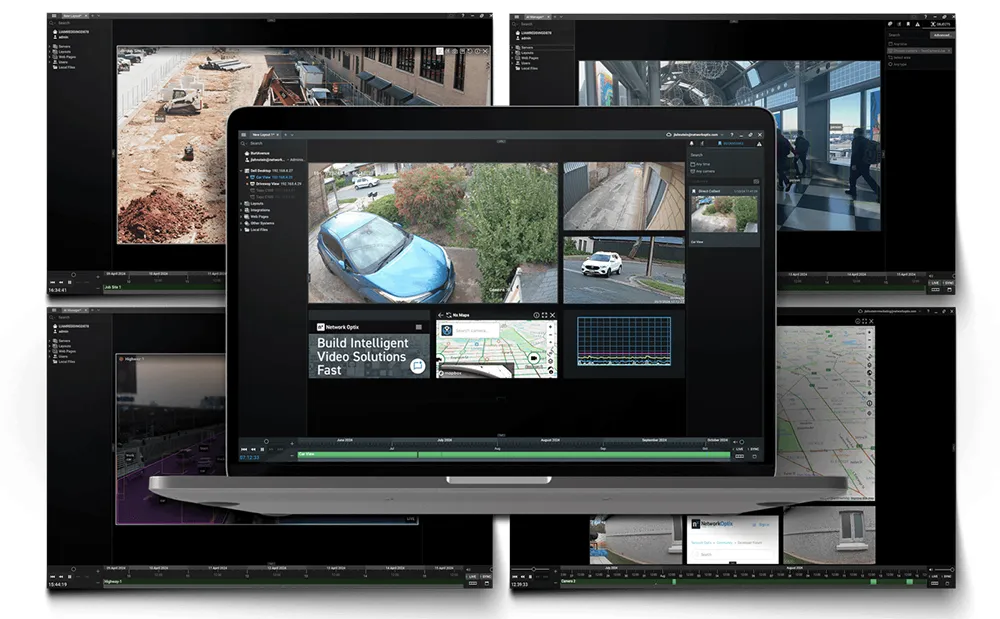Stemmer Imaging is launching a sophisticated vehicle classification system that allows both the class of the vehicle, such as motorcycle, car, taxi, light van, bus or truck, to be identified as well as the vehicle make, model and colour and can be linked with ANPR systems. It utilises the Manto pattern recognition tool, which is part of the company's Common Vision Blox hardware-independent machine vision toolkit. Potential applications for the systems include congestion charge monitoring and other road toll
January 24, 2012
Read time: 2 mins

The new CVC GE family of cameras offer the ability to transmit images up to 100m over industry-standard Ethernet cables. With a host of features, including enhanced image stabilisation, white balance, wide D functionalities together with a variety of optical zoom lenses ranging from x10 to an industry-leading x36, these cameras can produce high-quality images of moving objects even in challenging lighting conditions, for example in underground car parks or at night (for checking registration number plates without interference from the vehicle headlights).










